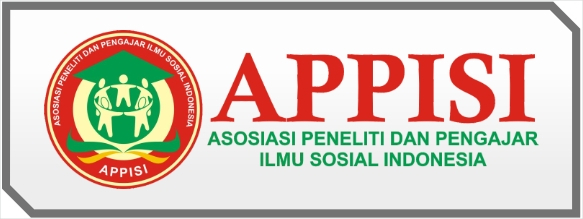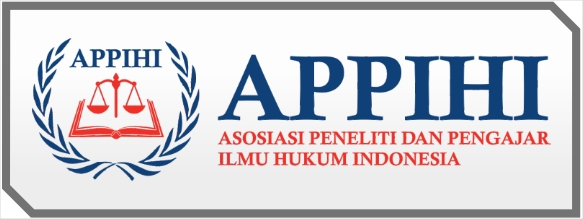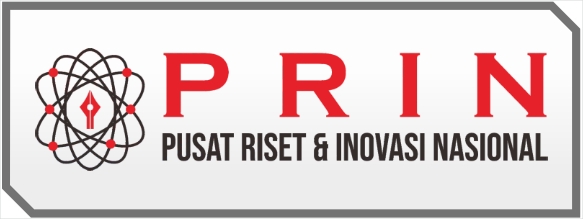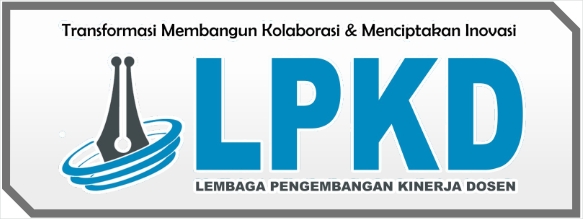Minat Belajar Peserta didik ditinjau dari Penggunaan Model Problem Based Learning
DOI:
https://doi.org/10.55606/cendikia.v3i1.676Keywords:
Student learning interest, Problem Based Learning learning modelAbstract
Based on observations made at SMA Negeri 1 Gunuang Omeh District, the problem found was the low interest in learning of students in PAI and BP subjects due to the large number of students who did not pay attention to the teacher's explanation, and the lack of use of learning models and media used in learning , one of which is the Problem Based Learning learning model. The role of the learning model is very important, because using visual media will be able to influence students' learning interests. The purpose of this study was to find out the use of the Problem Based Learning learning model in increasing students' learning interest in PAI and BP subjects on Da'wah Strategy and Islamic Development in Indonesia Class XII.MIPA at SMA Negeri 1 Gunuang Omeh District. This type of research is Classroom Action Research (PTK). The process of implementing PTK has four main components, namely planning, action, observation and reflection carried out in 3 cycles. The results of data analysis obtained the percentage of students' learning interest using the Problem Based Learning learning model of 44.83% in cycle I. The process of applying the Problem Based Learning learning model in PAI and BP learning increased in cycle II by 65.52% and 79.31 % in cycle III. So it can be concluded that the implementation of PAI and BP learning by using the Problem Based Learning learning model can increase students' learning interest.
References
A.M, Sardiman. 2006. Interaksi dan Motivasi Belajar-Mengajar. Jakarta : PT Raja Grafindo Persada.
Amir, M. Taufik. 2009. Inovasi Pendidikan Melalui Problem Based Learning.Jakarta: Kencana
Arikunto, Suharsimi. 2012. Prosedur Penelitian Suatu Pendekatan Praktek. Jakarta Rineka Cipta
Keengwe, J., & Geordina, D., 2012. “The digital course training workshop for online learning and teaching.” Education and Information Technologies 17 no. 4, 365
Sardiman, A., “Interaksi dan Motivasi Belajar Mengajar”, Jakarta: Raja Grafindo Sudjana, Nana. 2010. Penilaian Hasil Proses Belajar Mengajar. Bandung : PT.Remaja Rosdakarya.
Sugiyono. 2008. Metodologi penelitian Kuantitatif, Kualitatif, dan R& D. Bandung: Alfabeta
Sutirman. (2013). Media dan Model-model Pembelajaran Inovatif. Yogyakarta: Graha Ilmu
Wekke, I., & Hamid, S., “Technology on Language Teaching and Learning: A Research on Indonesian Pesantren”, Procedia - Social and Behavioral Sciences, (2013): 585.






















